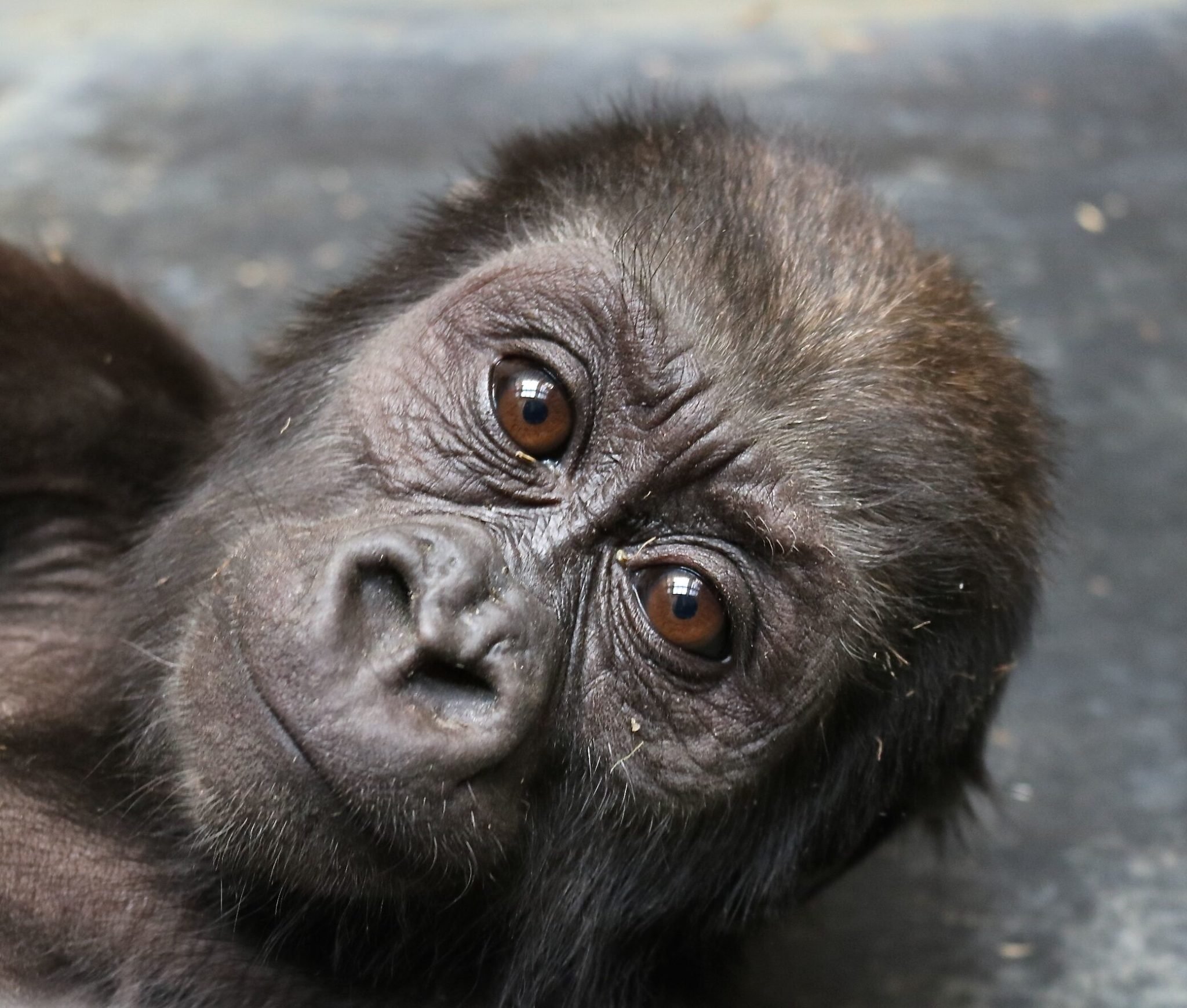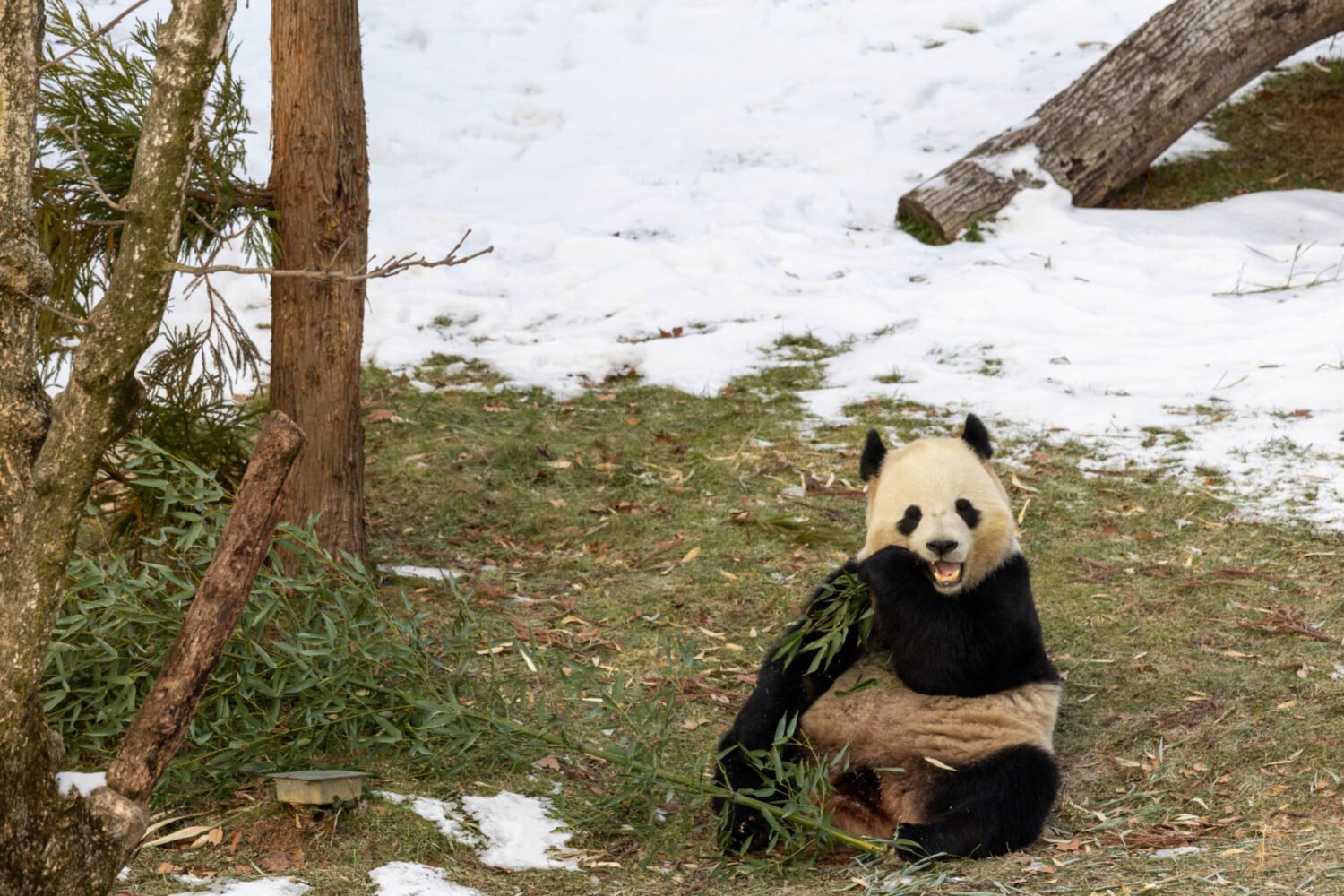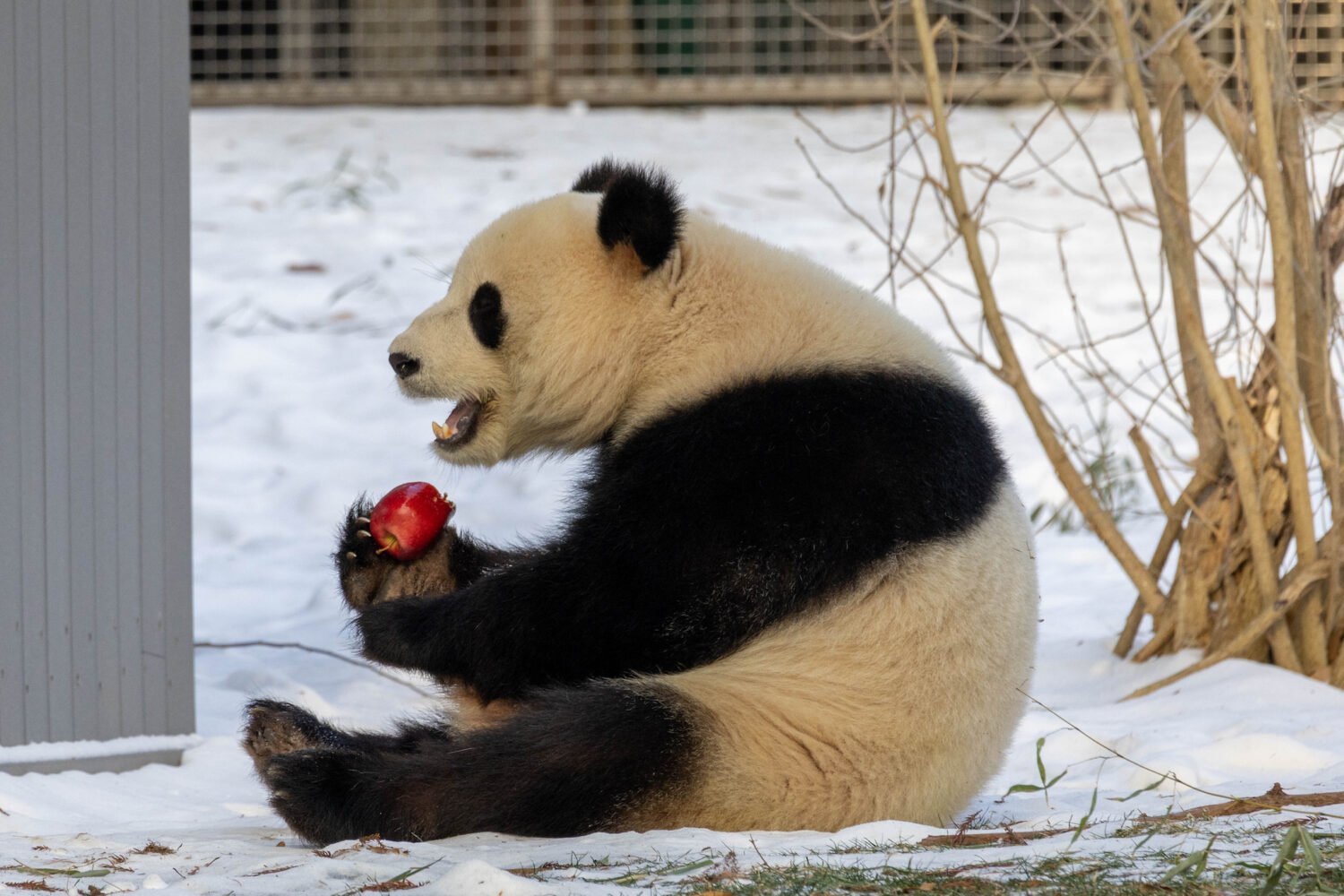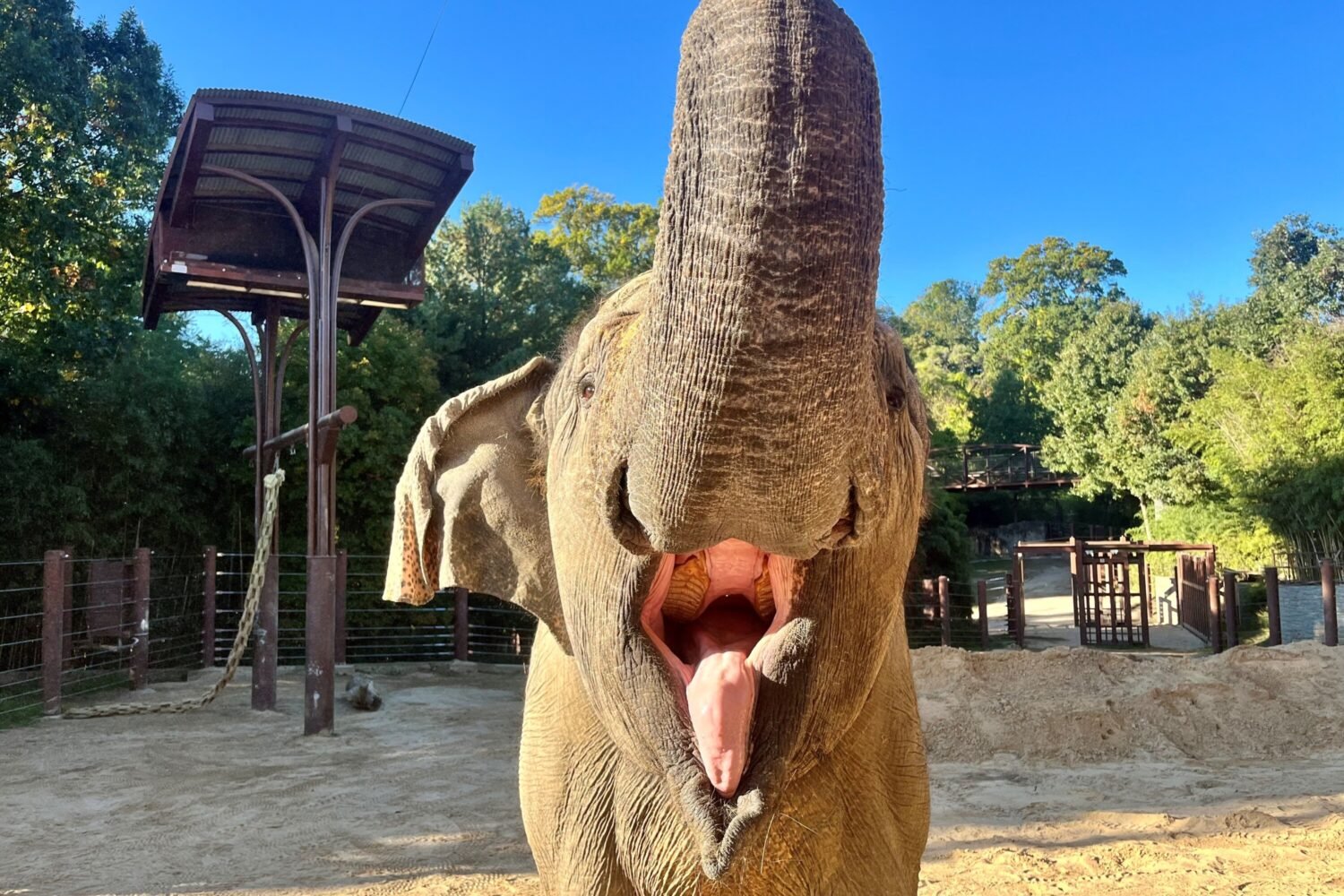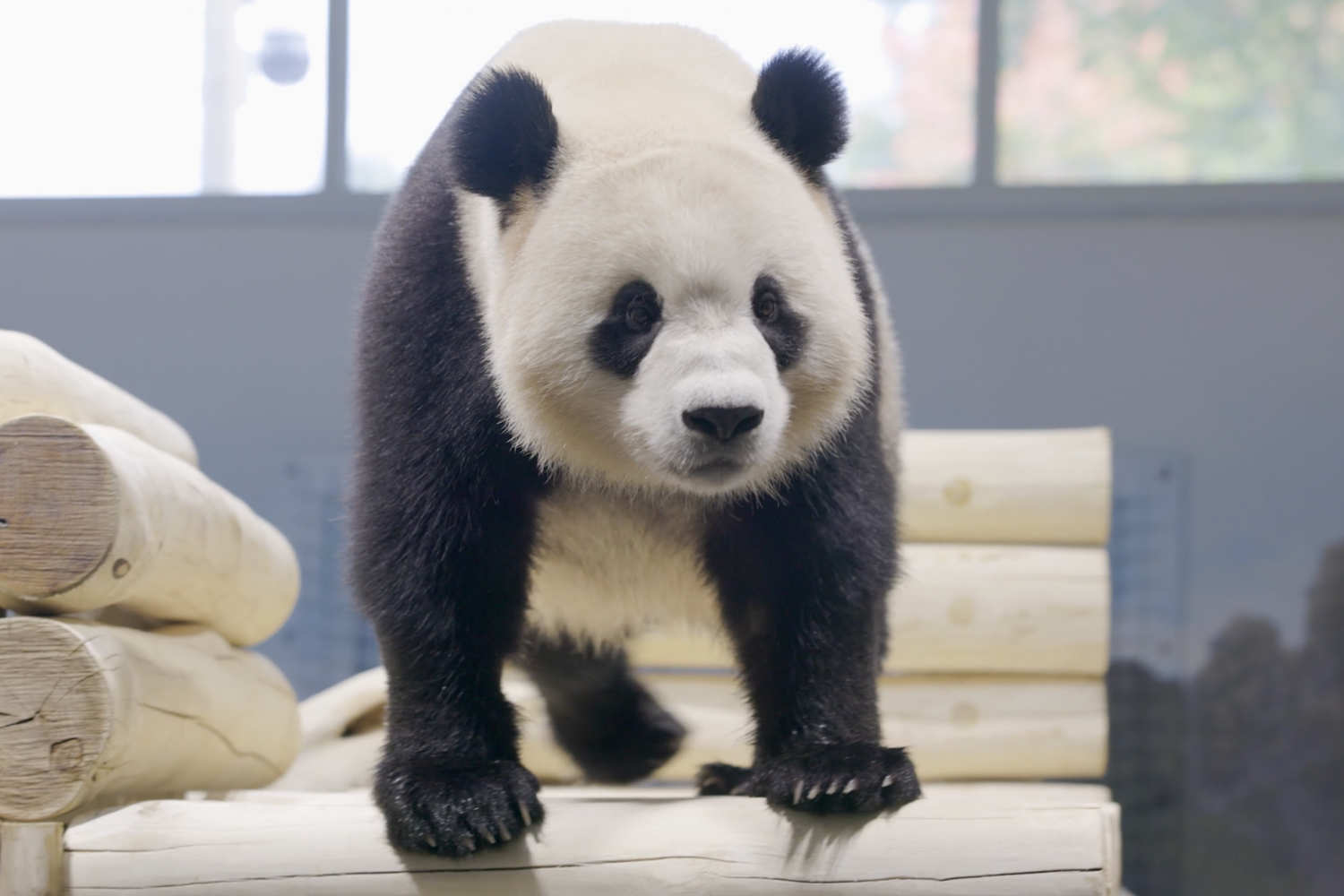The Smithsonian National Zoo’s very own Curious George, nine-month-old gorilla Moke, is recovering from a fractured femur.
“I was there when Moke was born. My whole team was there when Moke was born,” says Meredith Bastian, the zoo’s curator of primates. “So of course everyone on the team is always very concerned when anything like a fracture happens, just as you would if it was any human that you know.”
At around 2 PM on January 27, a keeper noticed Moke was favoring his back left leg, meaning he was dragging the limb. Because there are no cameras surveilling the area, it was impossible to know what had caused him to limp. The behavior, combined with Moke’s seemingly unfazed attitude, often points to soft tissue damage, a minor injury that heals itself overnight.
The keeper notified Bastian, who relayed the observation to the veterinary team. Although the animals in the zoo go through training to prepare for examinations, Moke hasn’t yet acquired these skills because he’s so young. The veterinarian on duty conducted a visual exam, agreeing the culprit might be soft tissue damage. The team decided to wait until morning before reevaluating.
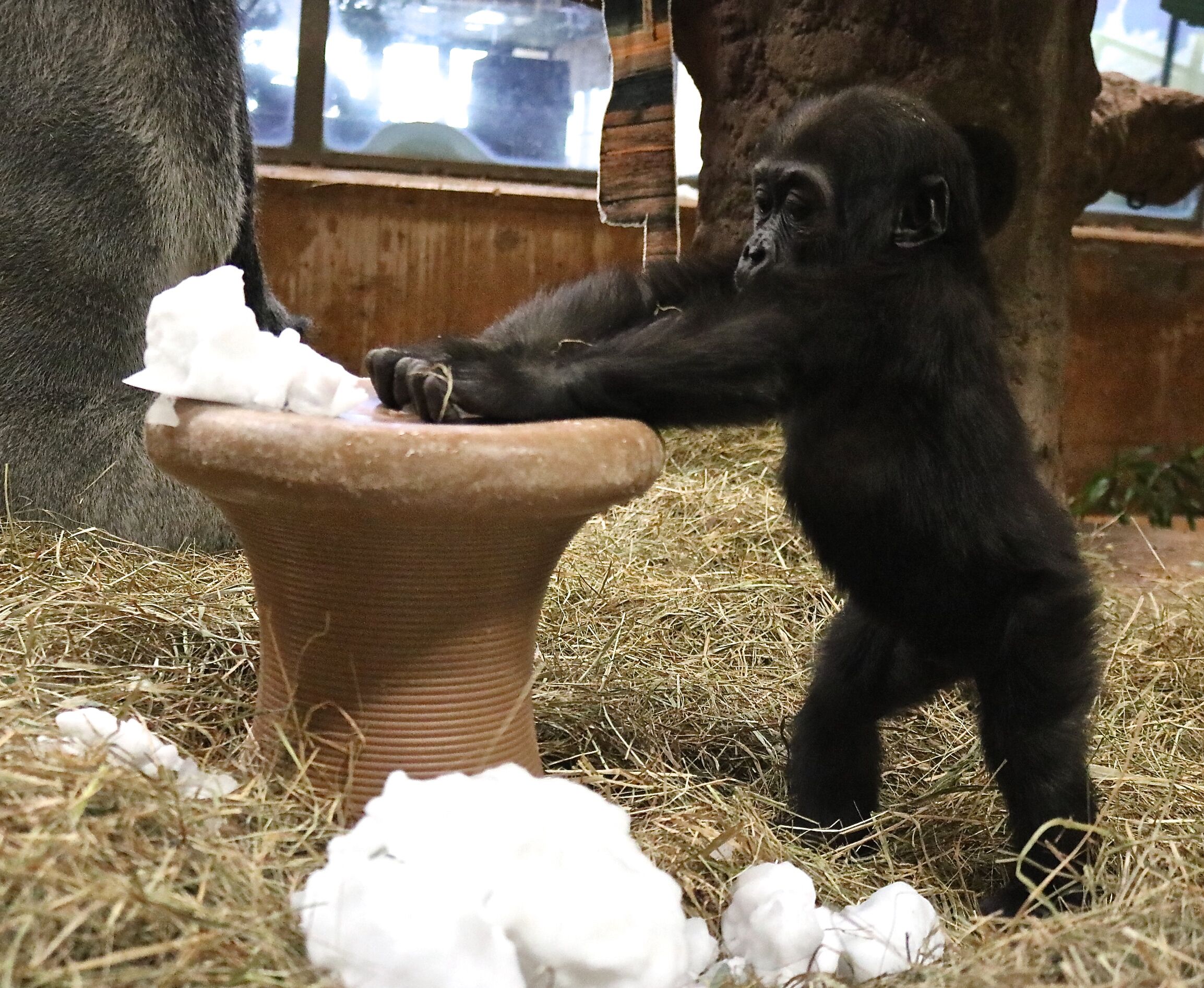
By the morning of January 28, Moke was still favoring his left leg. An examination was scheduled for the next day, allowing the team of more than a dozen keepers, curators, and veterinarians to begin planning. To approach the injured baby, the team would need to anesthetize both Moke and his mother, Calaya, who was already skeptical of men and veterinarians. Donald Neiffer, chief veterinarian for the zoo, met with the team a half hour before the exam to discuss exit strategies if Calaya unexpectedly woke up.
After Calaya was anesthetized, the staff was able to enter the enclosure and give Moke a hand injection, scooping up the small primate once he fell asleep. Moke was outfitted with socks to protect him from what Neiffer calls “the hypos”— hypothermia, hypoglycemia, and hypokalemia, all risks for young and small animals while under anesthesia. Staff took X-rays of both legs and his whole body to ensure there was no metabolic bone disease or rickets. The X-rays revealed why Moke was favoring his leg: There was a fracture in the infant primate’s left femur.
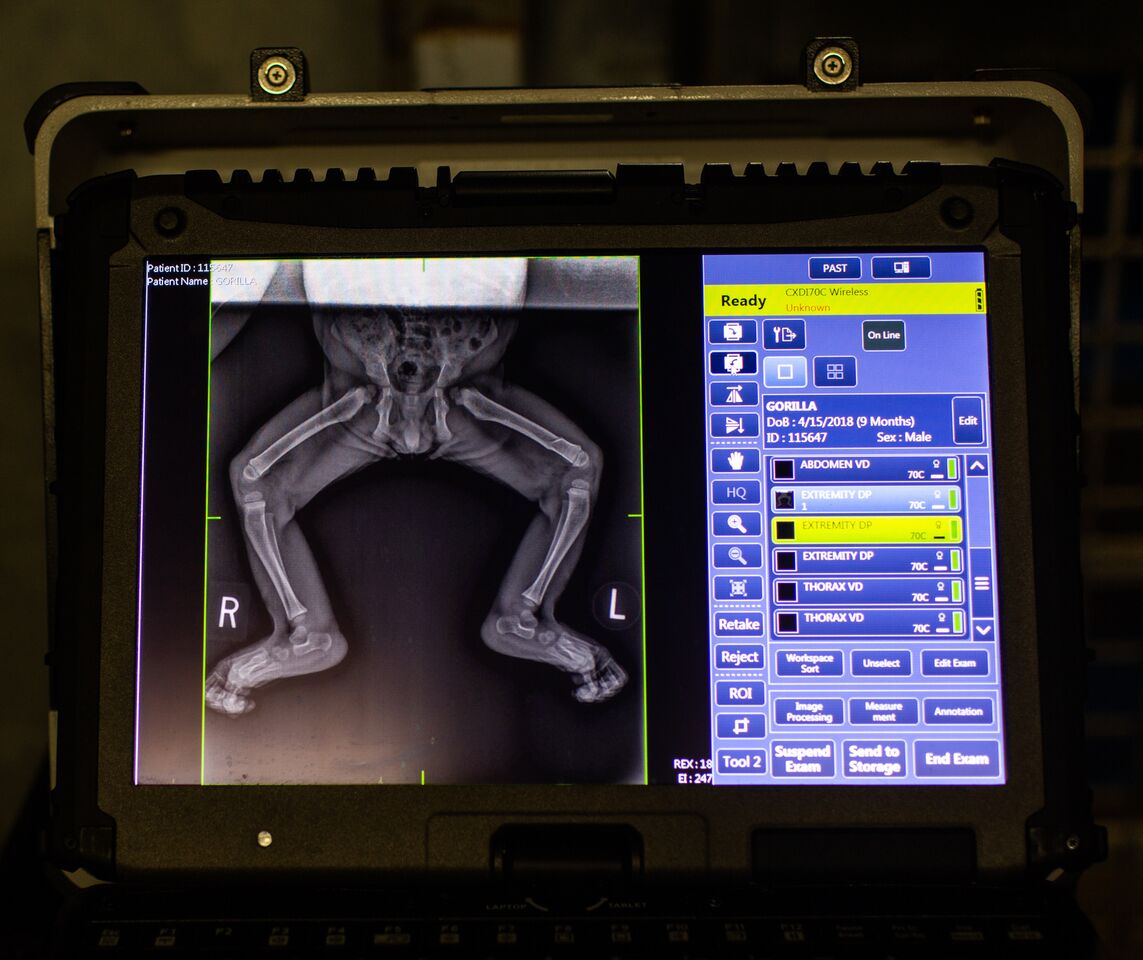
“I don’t know how many infant apes I’ve been around in the last 25 years, a fair number, and I think this is only the second fracture I’ve dealt with at this age,” Neiffer says.
As Moke’s diagnosis became clear, the veterinary team weighed three options. The first, putting a cast on Moke, proved problematic because a young gorilla cannot be made to stay off its leg the way a human child can; also, the other gorillas could become wary of the cast and isolate the baby. The second option was to insert a plate in the primate’s leg, a surgical approach that would require transferring the gorilla to a sterile hospital environment. After consulting with Dr. Matt Oetgen, the division chief of orthopedic surgery and sports medicine at Children’s National, the team decided the fracture was clean enough to separate Moke and his parents from the rest of the troop to heal, sans cast or plate.
The whole procedure took almost two hours. Calaya’s immobilization provided a window for an already necessary physical examination. As Moke emerged from his slumber, he was placed in a room adjacent to Calaya, where the mother could watch her baby and speak to him before the staff opened a shift door, reuniting the pair. Father Baraka joined his family the next morning.
“We’re allowing [Moke] to heal because he does play so vigorously with Kibibi, who’s our 10-year-old female. She certainly is never intending to hurt him, but we want to be sure that he is able to heal,” Bastian says. “Baraka is extremely gentle, so we don’t have concerns when it comes to him being in with Baraka.”
Zoo staff will continue to monitor Moke based on a timetable similar to human fracture recovery. Moke is now surrounded with extra bedding to cushion falls, and the staff places his toys on the ground, hoping it will keep the mischievous ape from climbing and jumping. Moke is doing well—perhaps too well—as he prioritizes play over recovery.
“He’s walking around on the leg and maybe doing a little bit more than I’d like him to. But I don’t speak gorilla, so, that’s what we’ve got,” Neiffer says. “I wish he would just chill a little bit.”
See the National Zoo’s video on Moke’s medical journey here:

